
php Editor Shinichi reveals the difference between UEFI and Legacy for you! During the computer startup process, UEFI (Unified Extensible Firmware Interface) and Legacy (traditional BIOS-based startup method) are two different startup methods. UEFI is a new generation boot method. In comparison, Legacy is more traditional. UEFI has more powerful performance and functions, supports larger hard disk capacity, provides faster boot speed and a more secure boot environment. However, Legacy is still widely used, especially on older operating systems and older devices. All things considered, we recommend using UEFI for better performance and compatibility.
Currently, there are two computer motherboard BIOS boot modes:
1. Traditional Legacy (MBR) mode
2. UEFI (GPT) mode
In addition, there is a hybrid mode of Legacy UEFI.
Currently, if the computers used by everyone are relatively old, they are either in Legacy startup mode or Legacy UEFI hybrid mode. Nowadays, most new computer models basically use UEFI boot mode.
So, what is the difference between traditional Legacy and UEFI boot?
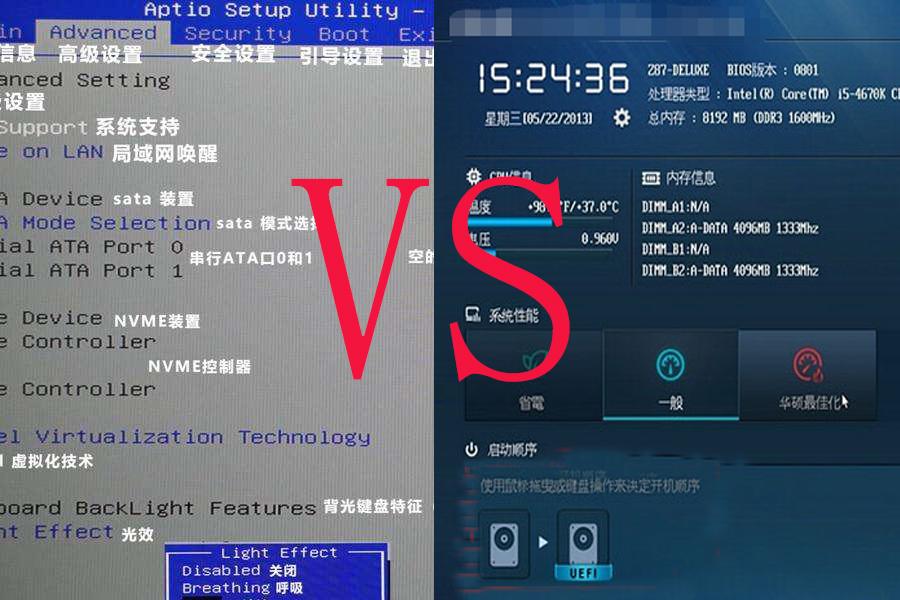

The most obvious difference between the two is as follows:
1. Start running the process!
Regarding the traditional Legacy (MBR) compared to the UEFI (GPT) mode, the startup and operation processes are different~
Among them, the UEFI mode startup and operation is more concise, so the boot speed is also relatively high It is fast and allows people to have a good booting experience.


So, when reinstalling the system, how do you know which mode your computer starts in?
Let me teach you a method!
1. Press [win R] at the same time to open the run window, enter [cmd] and press Enter to open the command page
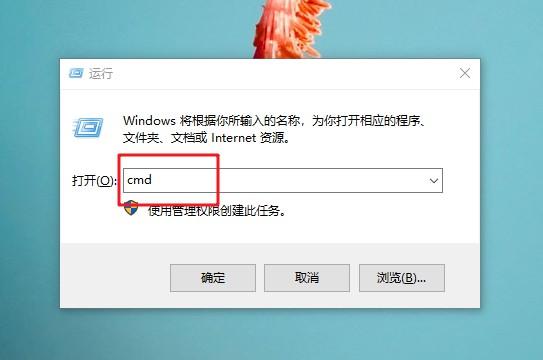

2. Then, as shown in the figure, enter [diskpart] and press Enter to execute the command
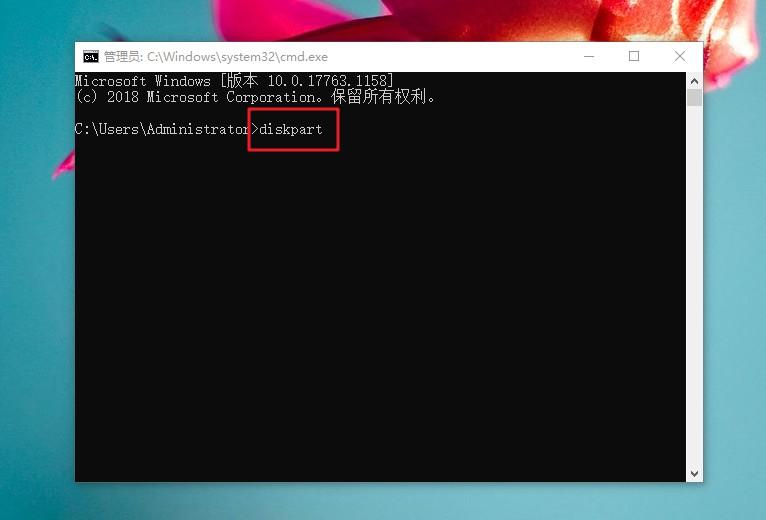

3. Then, continue to enter [list disk] and press Enter
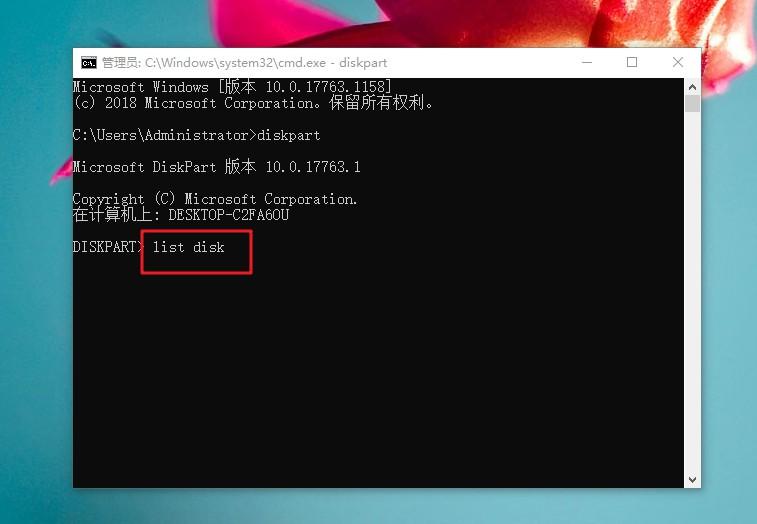

4. Then, you can see the relevant information , if there is a [*] sign under GPT, it means that the computer is in GPT hard disk partition format and uses UEFI to boot, otherwise it is Legacy boot
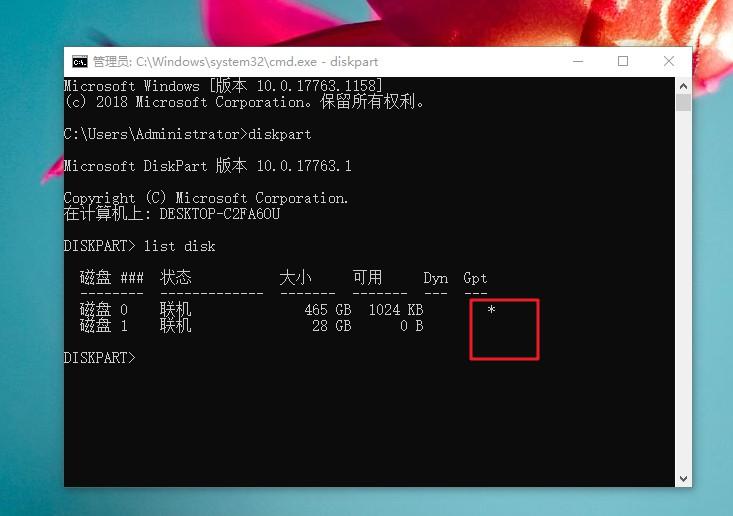

2. Hard disk partition format!
In addition to the different startup and running processes, their partition formats are also different.
The hard disk partition format in Legacy boot mode is MBR format, which is the most commonly used mode for older computers. The all-English setting interface with blue background and white characters is indeed a bit complicated and difficult to understand, and it only Can be operated using keyboard. However, Legacy compatibility is very good, both 32-bit and 64-bit.


However, it can only support up to 4 primary partitions, and can only control 2TB partitions. There are certain limitations~After all, Today’s computer hard drives are all measured in units of T~
Therefore, the UEFI mode turned out to be the most mainstream boot mode at present. The operation interface supports mouse operation, and Chinese can be set. Don’t worry about not being able to understand~
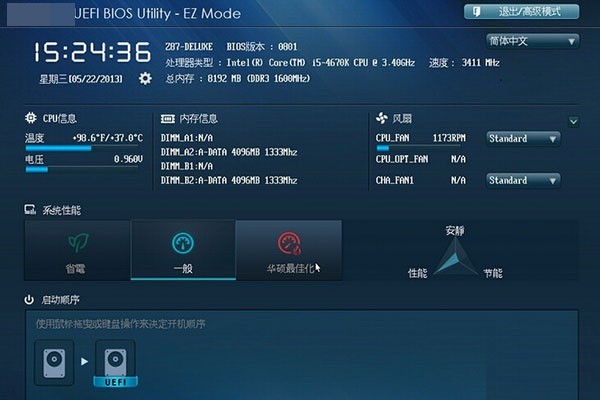

In addition, its corresponding hard disk partition format is GPT, which can support up to 128 partitions and a maximum capacity of 18EB, which is super large! Moreover, the secure boot function of UEFI mode can effectively prevent viruses from loading themselves during boot.
Different boot modes correspond to different partition formats, so when reinstalling the system, you must pay attention to the computer hard disk partition format.


Finally, although the UEFI (GPT) mode is very good, you still need to pay attention to the support of the operating system. Please see the GPT related table picture!
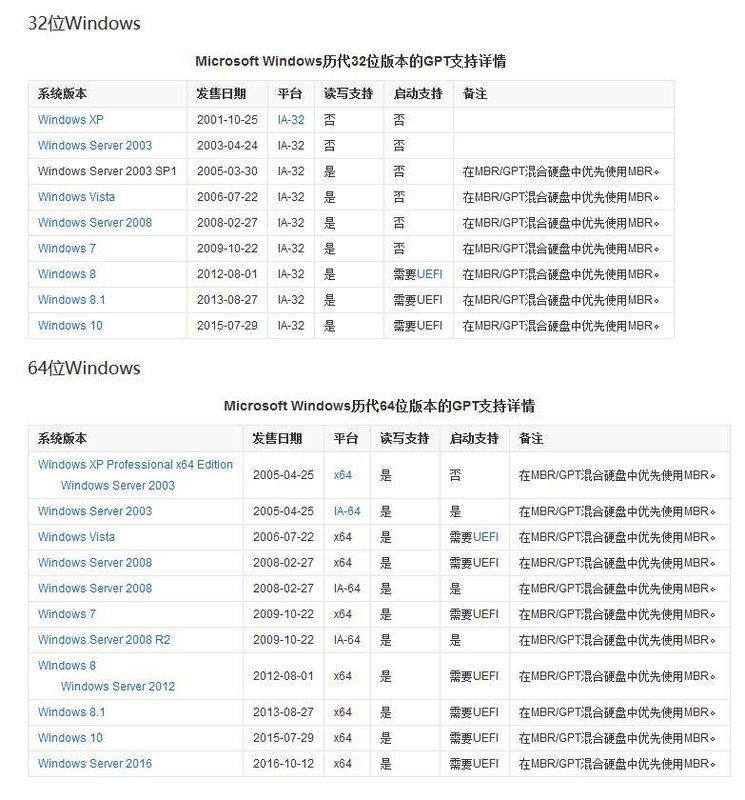

The above is the detailed content of What is the difference between uefi and legacy? Recommended comparison between Legacy and UEFI. For more information, please follow other related articles on the PHP Chinese website!




